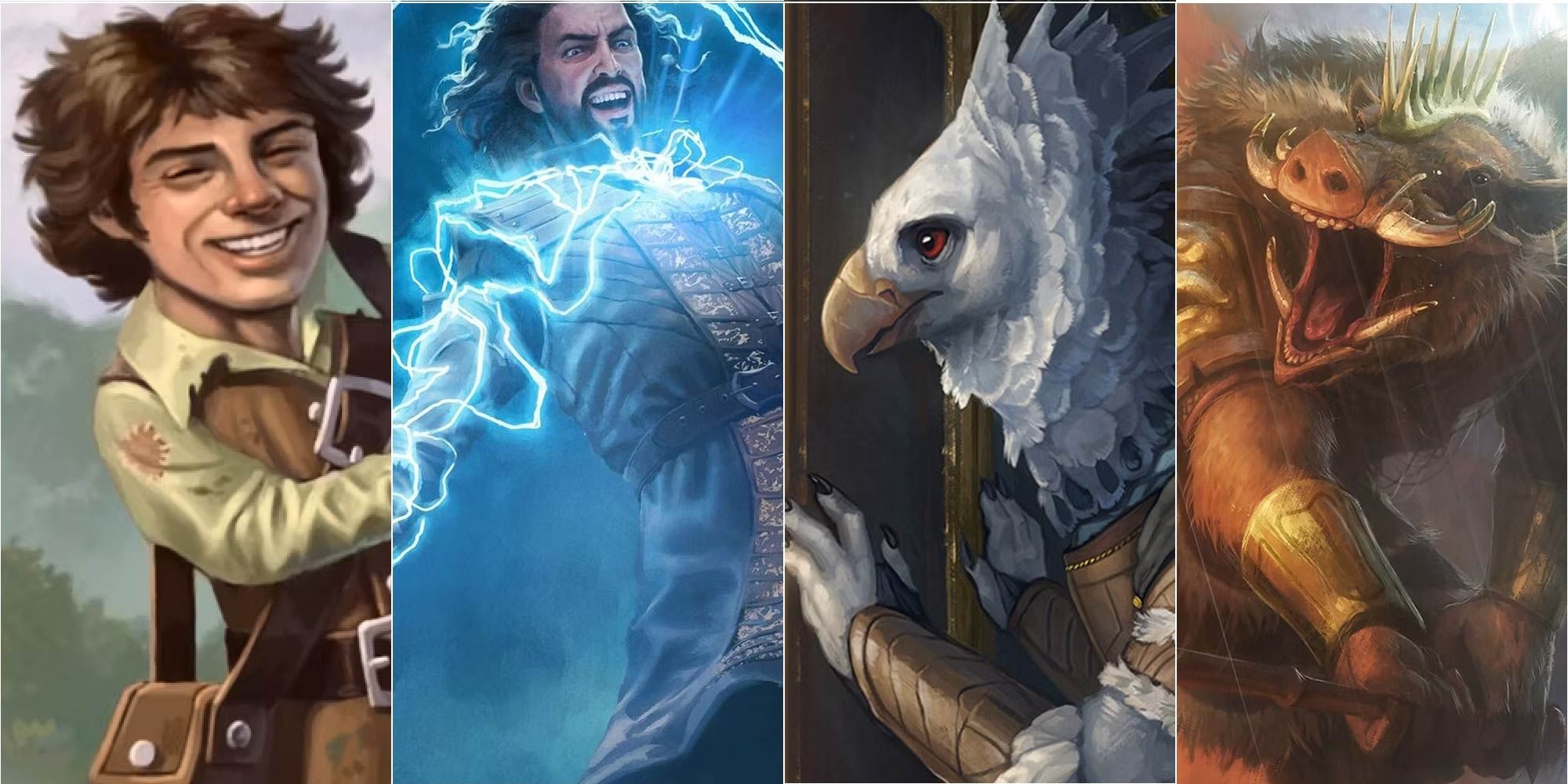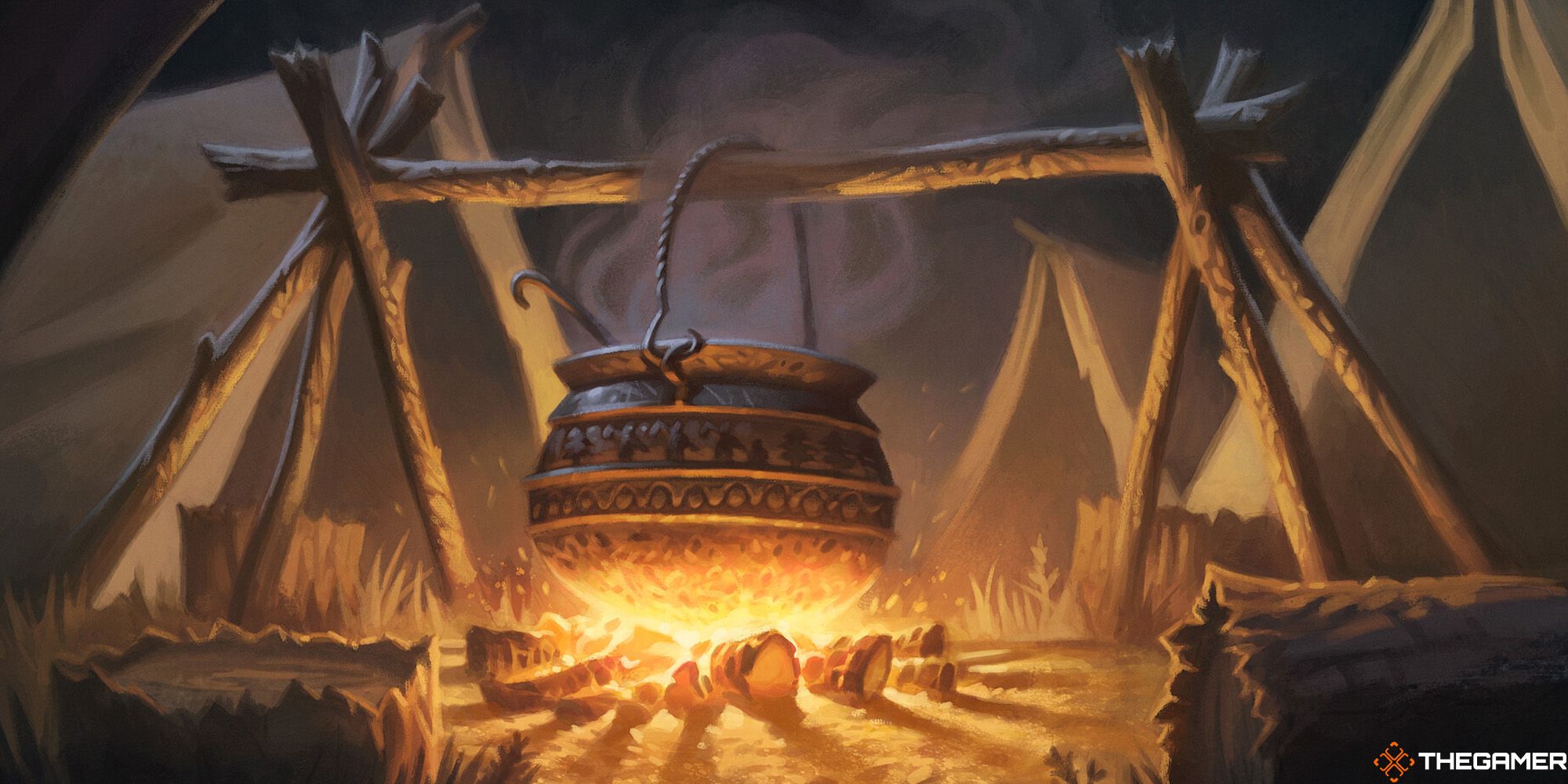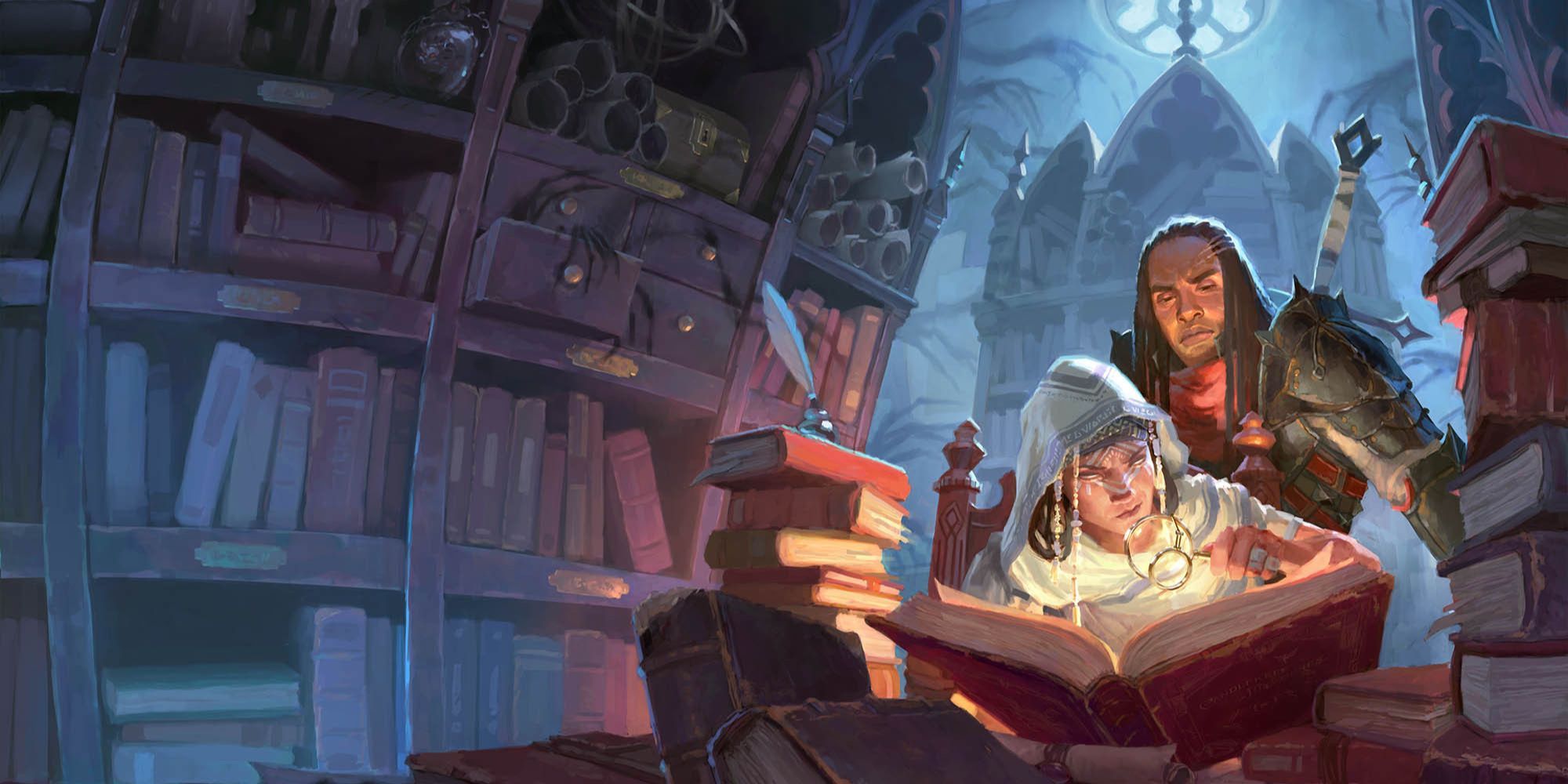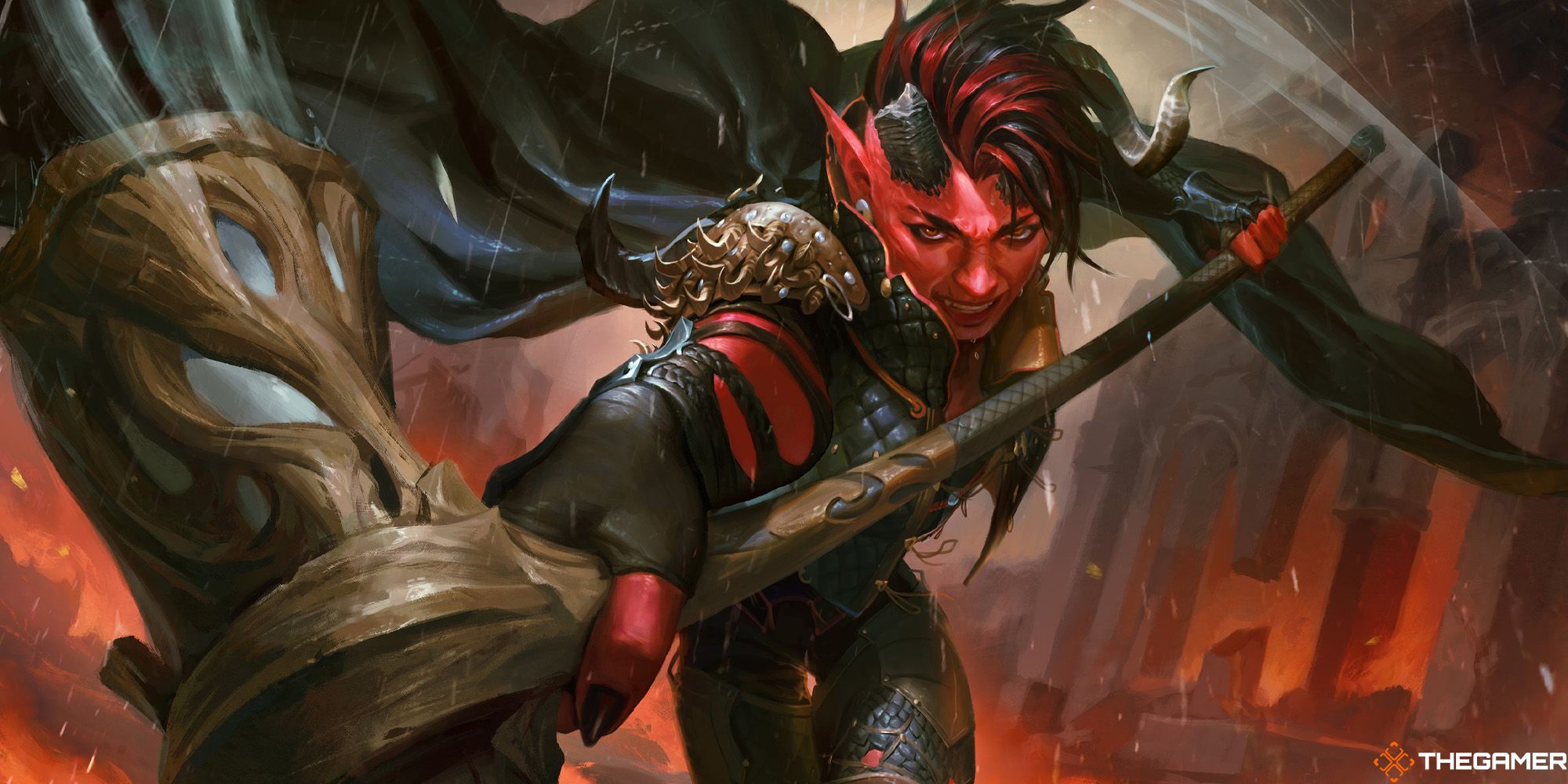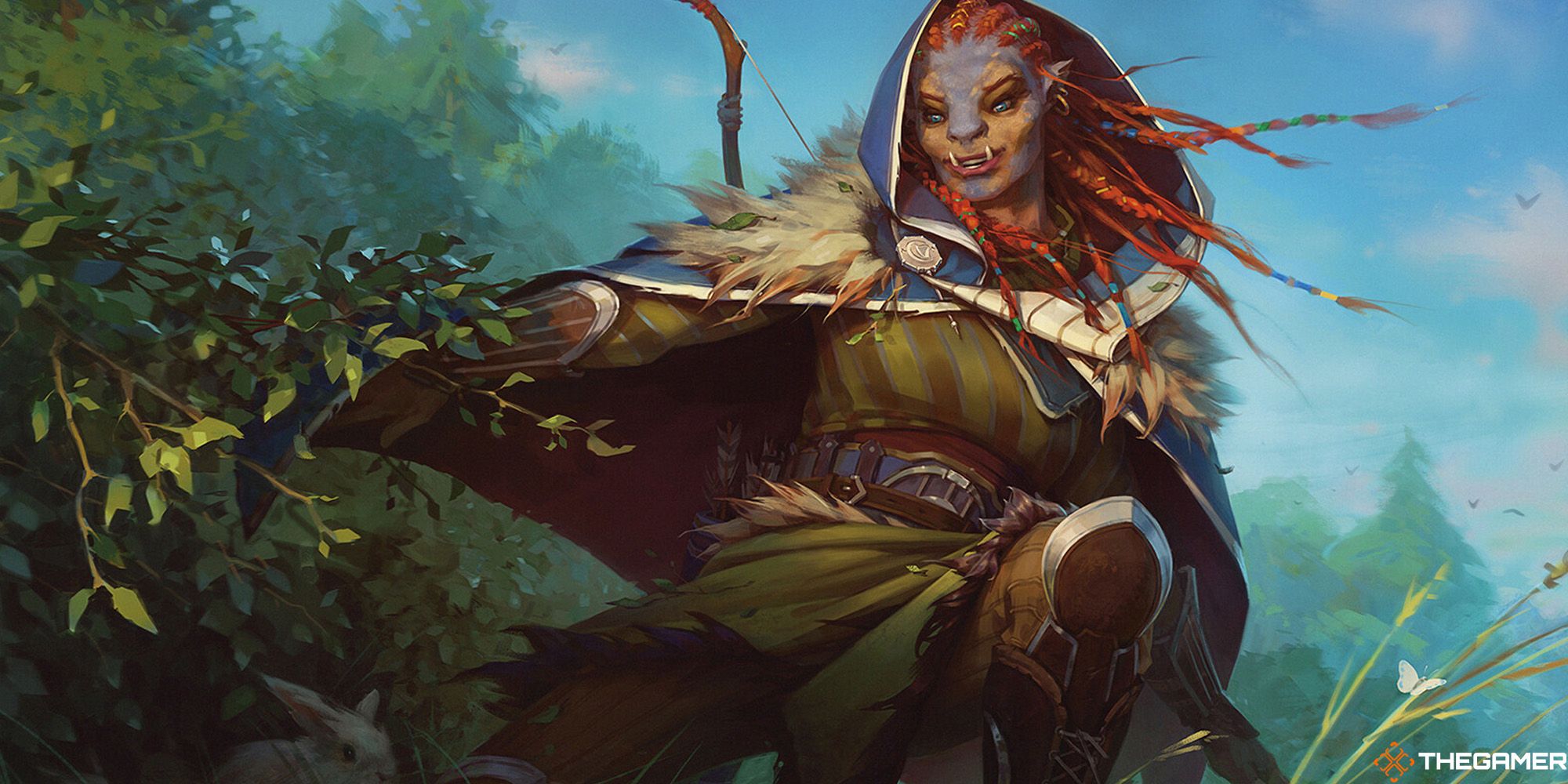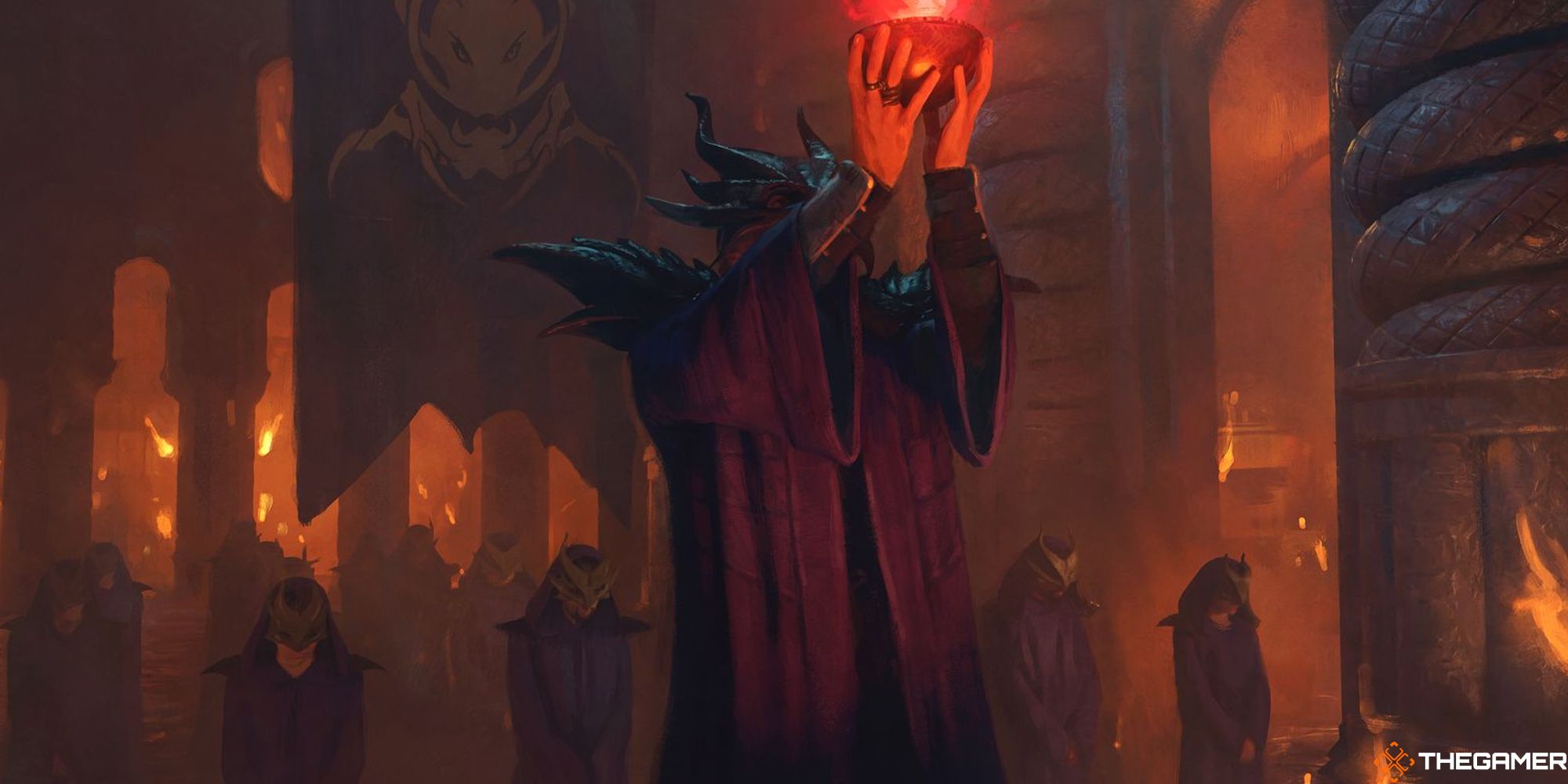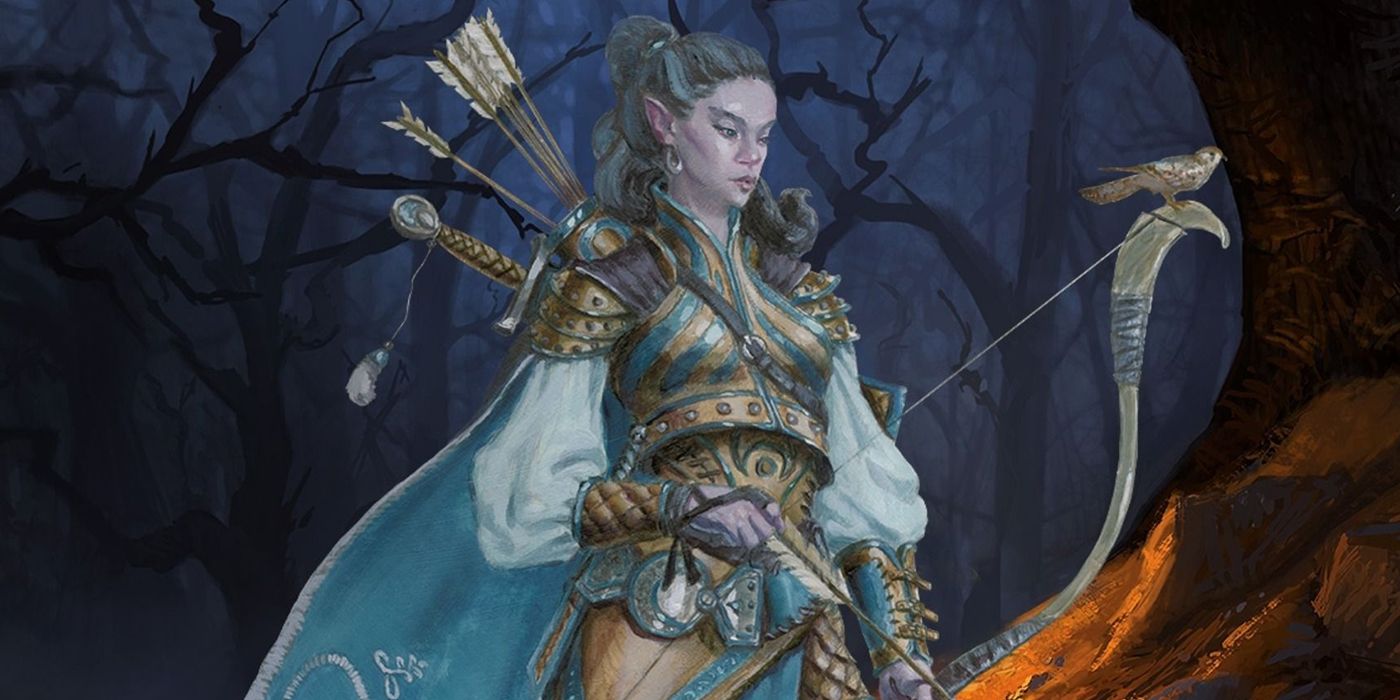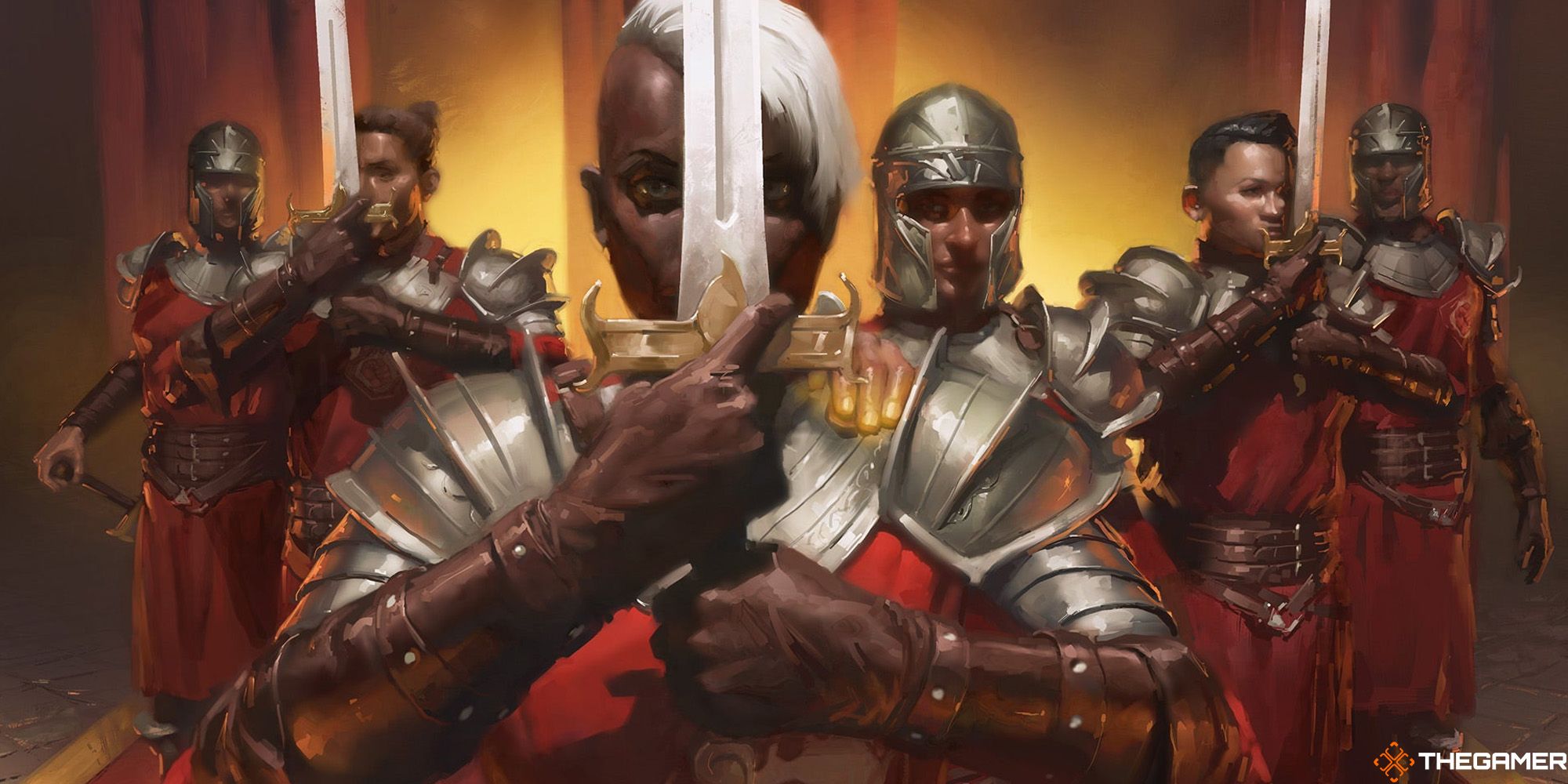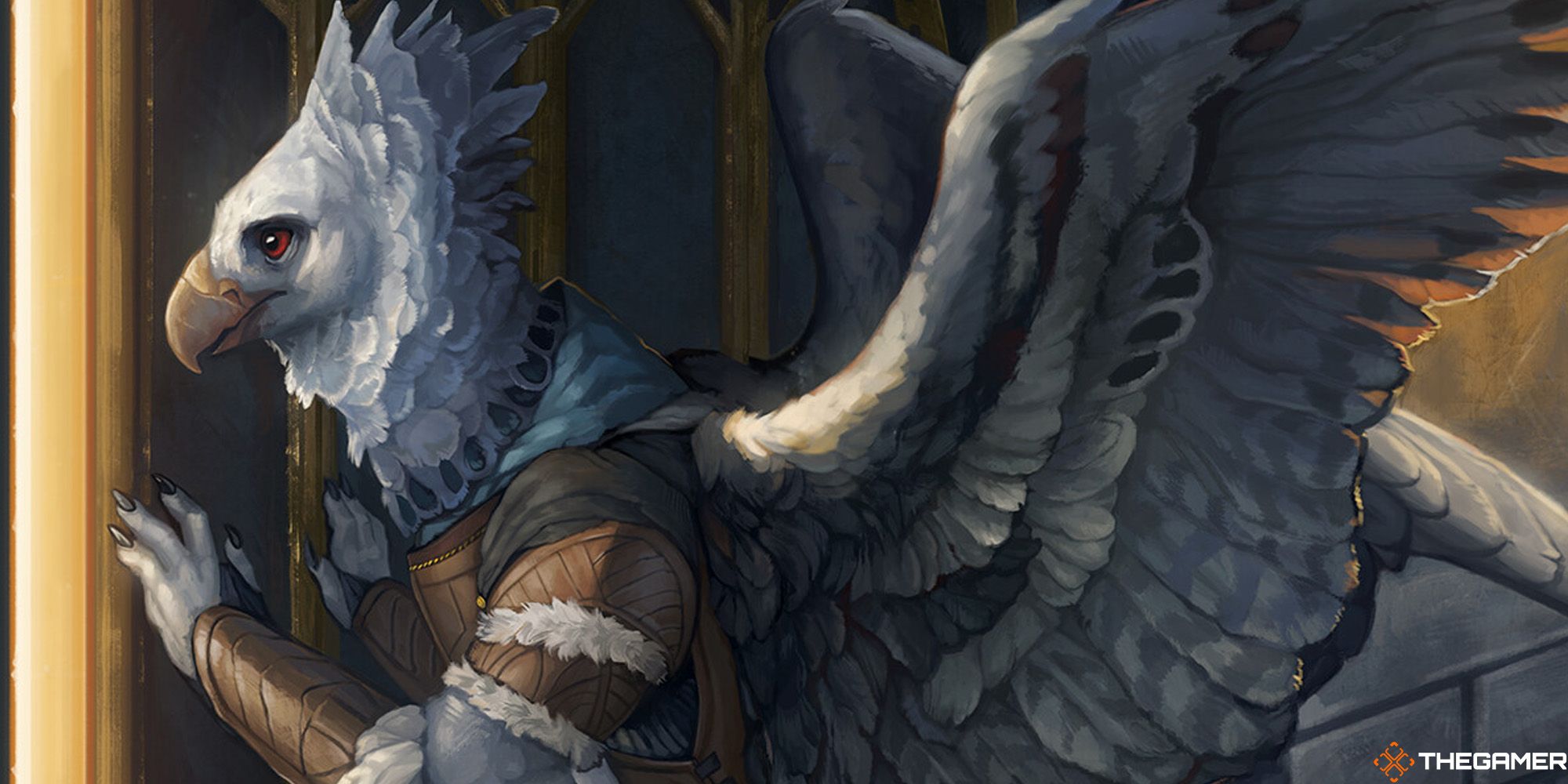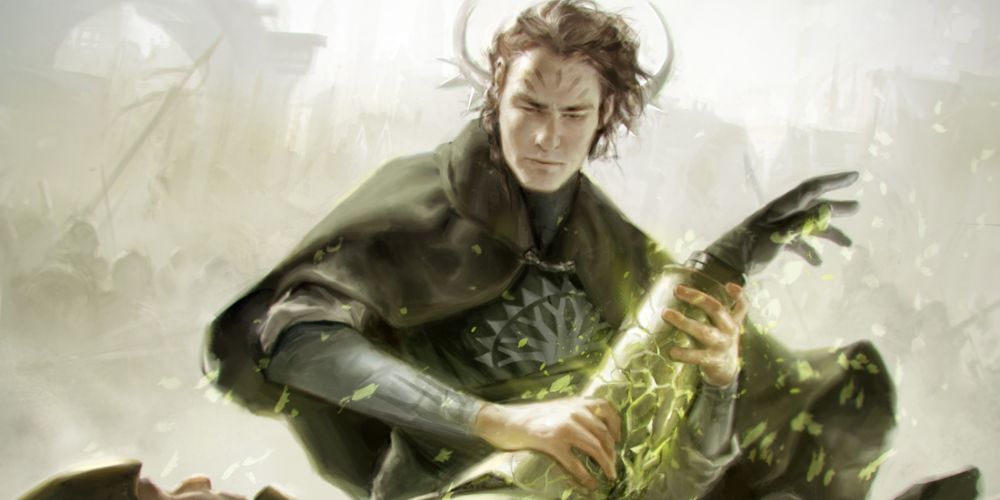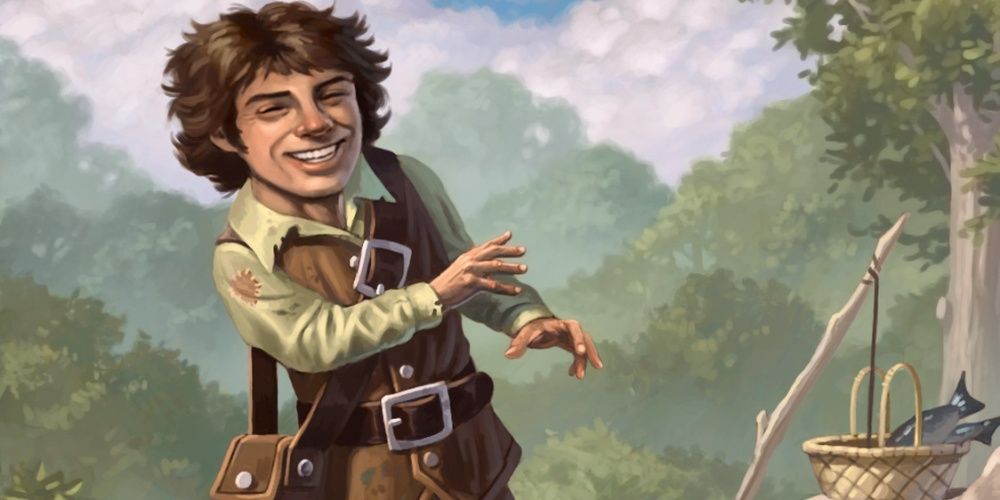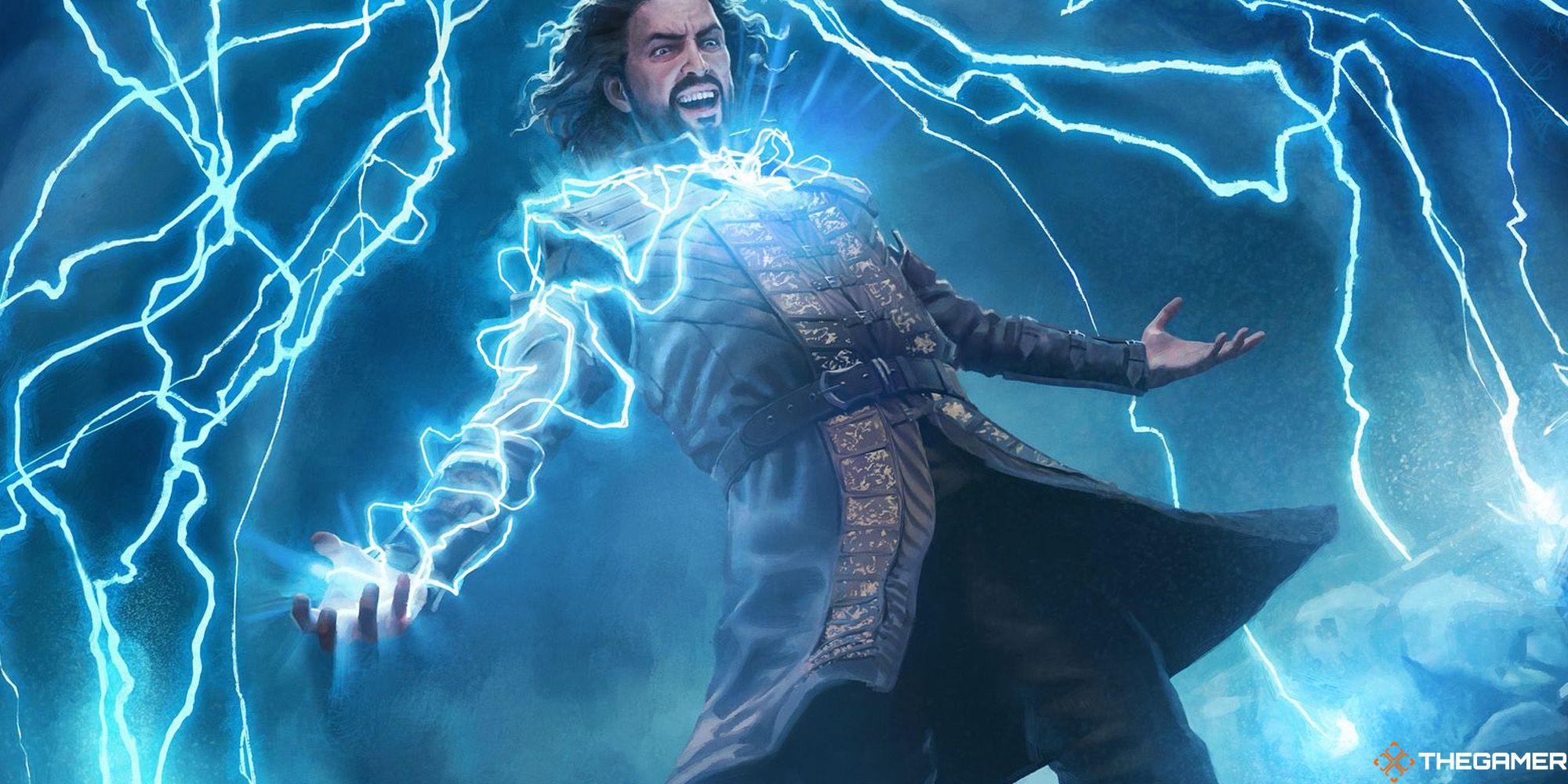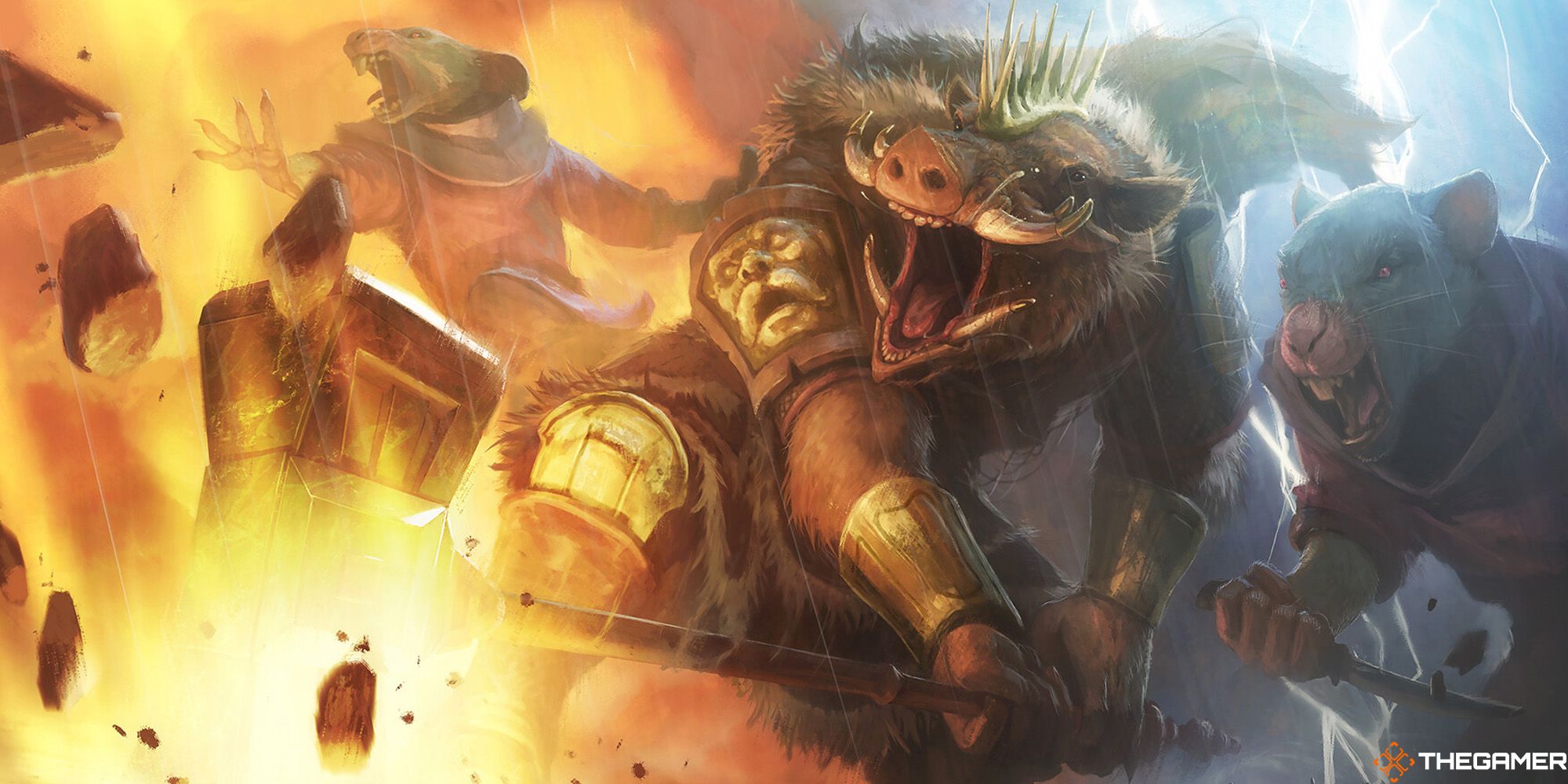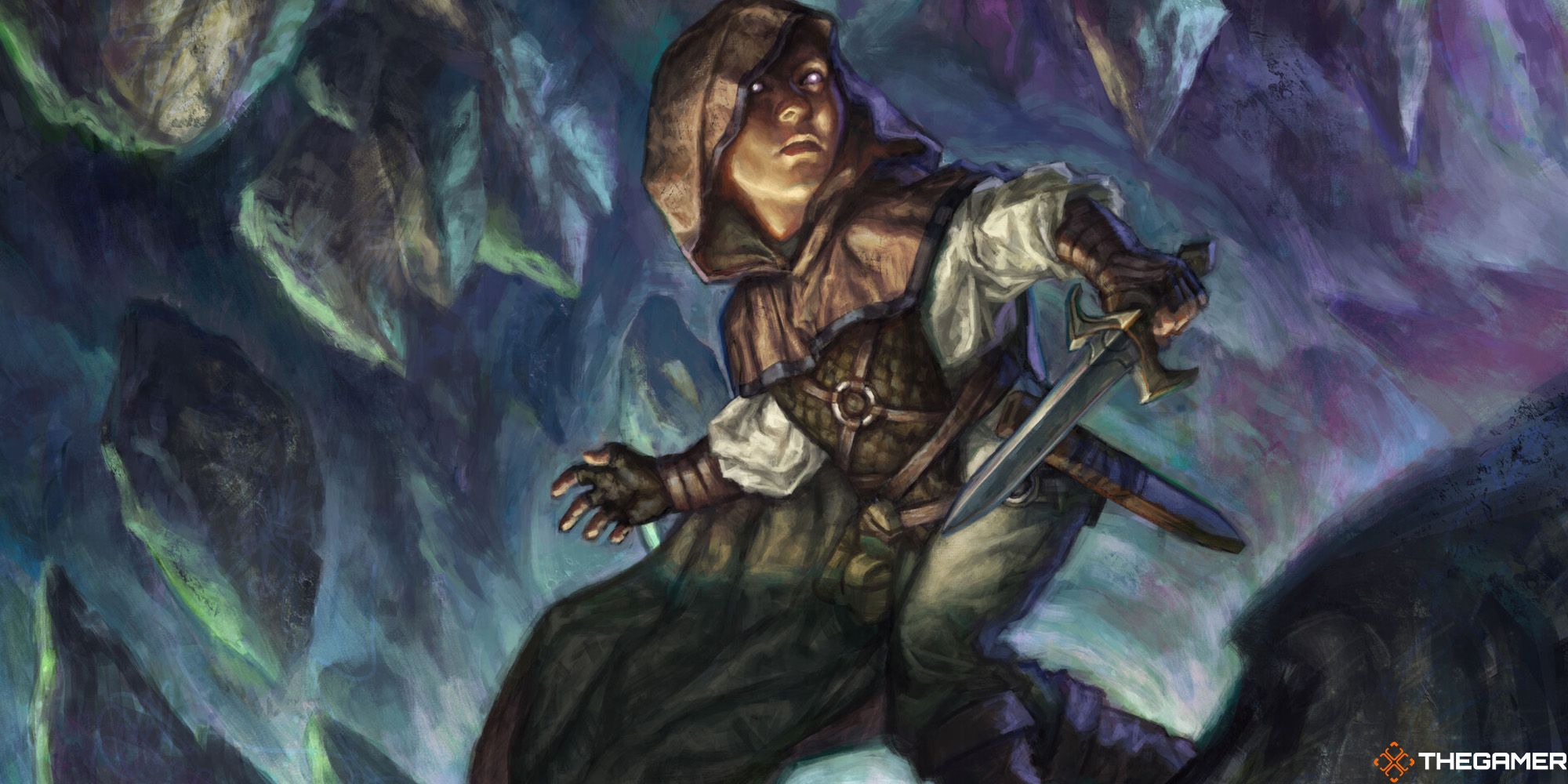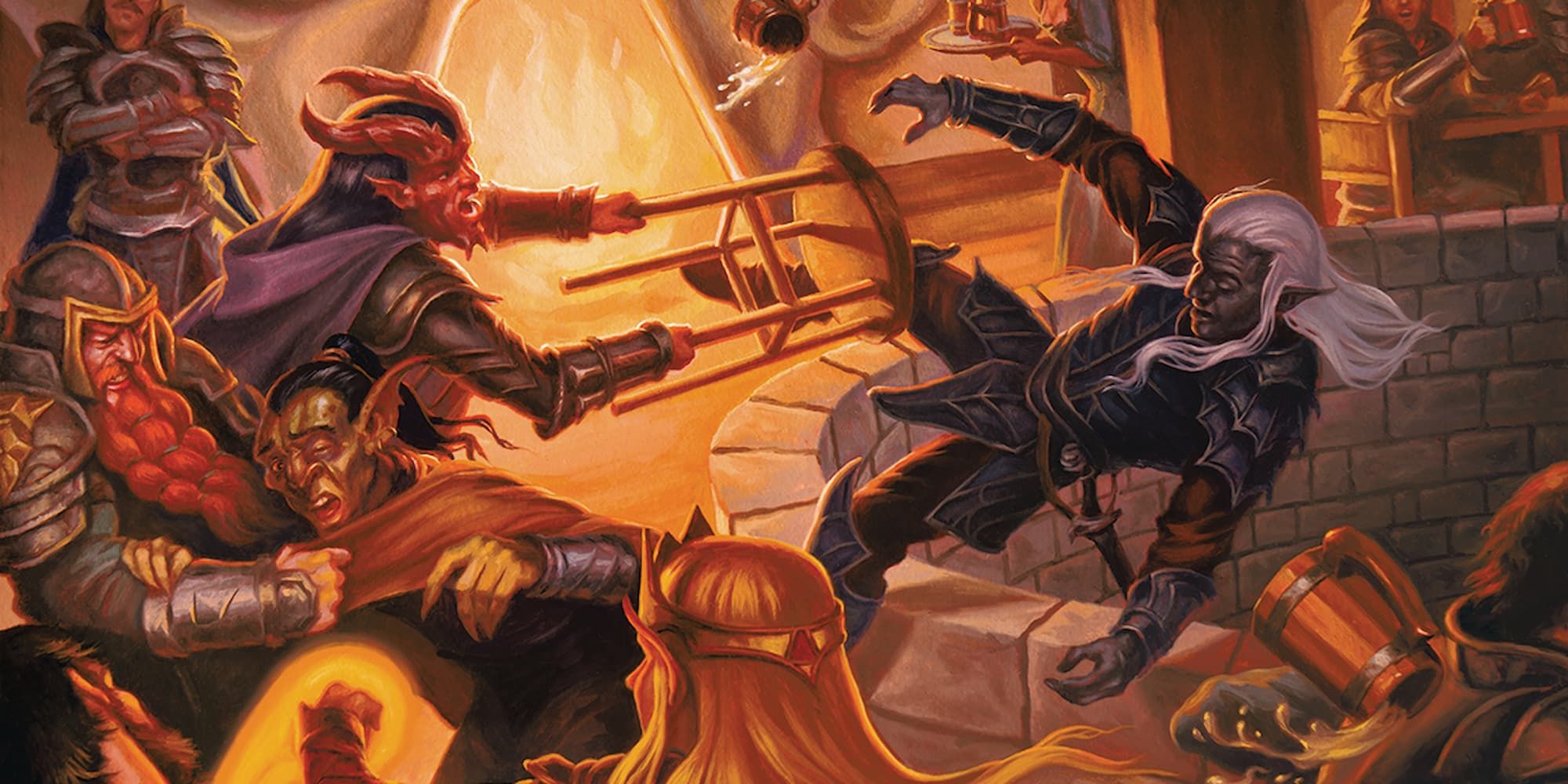The new chapter of Dungeons & Dragons is upon us, and this time, it is not a new edition. Instead, One D&D is an adjustment of rules that will allegedly still work with what has been done so far with the fifth edition. We still don't know how much was changed, but so far we got basic things for character creation, with races, backgrounds, and some feats. Here, we're going to look at the already existing feats from 5e and how they were changed.
Keep in mind that this is a playtest from Wizards of the Coast, and what is written here is subject to change for further adjustments until the actual release of One D&D. Also, the feat Tough won't get its own entry, because it was not changed at all.
Updated October 7, 2022, by Lucas Olah: A new edition of Unearthed Arcana was released, with many more feats for us to test and give feedback on. Sadly, there is too much to go through in one take since analyzing everything it has to offer will take time to ensure all changes are noted. Still, it is worth mentioning the biggest changes compared to the old feats, especially the ones we enjoy using often.
14 General Changes
The biggest change here is that feats will demand a certain level. So far, we've only received some low-level feats and Epic Boons, available only at level 20. We also got the overall feat description from Unearthed Arcana that tells us you need to have the required level or exceed it.
The other criteria are the same, but they're more appropriately explained. Some require prerequisites, and some can be taken multiple times. These details are all written before the feat's description for clearer understanding. They also replace background features; you'll get one of these feats for free based on what background you chose for your character.
13 Ability Score Improvement
This "new feat" is worth mentioning simply to show how they organize things. In the 5th edition, you'd choose in certain levels between receiving two points to add to one of your ability scores or a feat. Now, all you can choose are feats.
With that said, this new feat adds two points to an ability score of your choice and can be taken multiple times. Essentially, it's a different way to do the same thing. It can only be taken from level four onwards though, so you can't cheat in getting two extra points during character creation at level one.
12 Great Weapon Master
At level four, this feat becomes available to you. Now, it increases your Strength score by one. However, the "bet" part of the feat is gone. In other words, the minus-five penalty to attack to get a plus-ten bonus on the damage is no longer here.
Instead, you can simply add extra damage equal to your proficiency bonus once per turn. Though your attack will be more likely to hit, the extra damage is not nearly as powerful as it used to be. The bonus action attack you get from critical successes or killing someone remains the same.
11 Lightly Armored
A fusion took place here. 5e offers us two feats for those who wish to wear better armor but alas can not; Lightly Armored, which increases Strength or Dexterity by one while giving proficiency to light armor, and Moderately Armored, which also increases Strength or Dexterity by one, but gives us proficiency in medium armor and shields.
This new version of Lightly Armored gives proficiency to wear light armor, medium armor, and wield shields. And this feat is available at level one, in case your character can get it.
10 Ritual Caster
The concept is the same, but things are different. You still choose two first-level spells from one of the new spell lists; Arcane, Primal, or Divine. They still need to be ritual spells. But here's where things go differently.
First, you can still cast them normally using one of your Spell Slots, in case you're in a hurry (and, you know, in case you have Spell Slots). Also, once per long rest, you can cast one of these rituals at their normal casting time rather than ten minutes without consuming any Spell Slot whatsoever. This feat becomes available once you get to level four, and it also gives you one point to increase either your Intelligence, Wisdom, or Charisma.
9 Sharpshooter
Similar to Great Weapon Master, you no longer penalize your attack rolls to give yourself more damage. To replace that, you get two new perks; Your Dexterity is increased by one, and you will no longer have a disadvantage if you have an enemy five feet/one and a half meters away from you. The annulment of the long-range disadvantage and ignoring half or three-quarters cover remain the same. This feat is also a 4th level one.
8 Fighting Styles Are Feats Now
Most fighting styles are pretty much the same, with the only significant change being Protection. But the curious part here is that they're now feats, which means you can easily get multiple or all of them. It is still unclear if you'll get a free one with classes that naturally get them or if you'll have to wait for a level that grants you a feat, but Rangers still get them, so it's promising.
Also, you have to be in the Warriors category (unless your class gives you a pass, like the Rangers). The Warriors category consists of Fighters, Barbarians, and Monks.
Oh, and the Protection change? Instead of giving the enemy disadvantage on the roll, you give them a minus-two penalty on their attack roll.
7 Alert
First, instead of giving a +5 to your initiative, it adds your proficiency bonus to it. Though the proficiency bonus can reach a six overall, it's rare to reach high levels in most campaigns, so this part is kind of a nerf, where in most of your games, you'll have a plus two, three, or four. You also no longer get that "surprise immunity" where you can't be surprised while conscious. The part where enemies don't get a disadvantage because you can't see them is also gone.
What you get to make up for these removals is the initiative swap. After everyone rolls their initiative (but before the fight starts), you can choose a willing creature and swap your initiative with theirs. This is useful for good teamwork — a high-dexterity rogue can give their initiative to the slow tank and let them protect the team and thus, position themselves in a way the rogue gets sneak attack.
6 Healer
Its essence is the same, but the values used are not. It no longer has a different effect depending on whether the target has zero hit points. Now, it just heals. With that said, the dice involved are different.
The healed creature spends one of their Hit Dice now. For example, if you're healing a fighter, they will use a d10 to heal (and lose one of their Hit Dice). The amount healed will be the Hit Dice plus the healer's proficiency bonus. So, if your bonus is three, for example, that fighter would be healed with d10+3. A second trait the feat has is that, if you roll one with this Hit Dice or, more importantly, any spell that restores hit points, you can roll again, and you have to keep the new roll (worst case scenario, it'll be another one, so it's worth it). Basically, while the healer kit itself won't be as consistent, you can use it multiple times on the same person before needing a rest, and all your other healing methods will perform better with the re-roll.
5 Lucky
Now, this is a straight-up buff. It pretty much does the same; whenever you roll a d20 test (their new way of saying an attack roll, ability check, or saving throw), you can spend a lucky point to roll it again. So, you can give yourself an advantage with your lucky point, as well as give an enemy a disadvantage, similar to how it was used before. Their recharge (on a long rest) is also the same.
What changed then? The number of points. Rather than having only three of these bad boys, your number of lucky points is equal to your proficiency bonus. You'll start with less, but eventually, you can have four, five, or even six points.
4 Magic Initiate
More buffs! Same idea here, you get two cantrips and one first-level spell from this feat, but there are a few more perks. Before that, it's worth mentioning that the spell lists are now different; you don't have one list per class. Instead, you have three lists: Primal, Divine, and Arcane. You'll choose one of these lists when you get this feat and stick to it (unless you pick this feat again to access another list).
Normally, you could only use the first-level spell once per long rest. That is also true here, but with a plus. If your character has spell slots, then you can also spend them to use your chosen spell. And there is nothing saying you can't use spell slots from higher levels, thus increasing the spell's power. You can also choose (upon getting the feat) which ability score you want to use for all three spells, between Intelligence, Wisdom, or Charisma.
Finally, when you level up, you can choose to replace one of these spells for another, as long as they meet the same criteria (the new spell needs to be the same level from the one they're replacing, and from the same spell list).
3 Savage Attacker
If you read too fast, you may not notice that something is different but oh, it is. And for the better. The idea is still the same; you roll your damage twice and choose which value you want (the bigger one, most likely), and you can use this feat once per turn.
The difference here is that you can do that with an attack roll, without specifying what kind of weapon, instead of the 5e's version, which says melee weapon attacks. What that means is that you can use this one with ranged weapons now as well.
2 Skilled
While not being a big change, especially considering this feat has always been pretty straightforward, there is a downside compared to the Player's Handbook. It lets you choose three skills you're not proficient with, and it gives you proficiency. That's all.
You can no longer choose a tool to become proficient with using this feat, only skills. The silver lining here, though, is that you can take it multiple times. That is specified in the feat now, so you can get a lot of skills from it.
1 Tavern Brawler
This is a feat that was altered quite a lot, but keeps the same concept behind it in a very effective way. You no longer get an ability score increase, nor proficiency with unarmed strikes or improvised weapons (though it won't make much difference).
Your unarmed strike still gets a d4 instead of being just one, and now, if you roll one on the d4, you get to roll it again, and there are no restrictions on how many times you can do so. Once per turn, one of your unarmed attacks can also shove someone 5ft away from you as well.
Lastly, the only type of object you can use now is furniture, but they are stronger. If the object is tiny, it'll have the stats of a club (d4+Strength). If it's medium or large, it'll have the stats of a great club (d8+strength).

